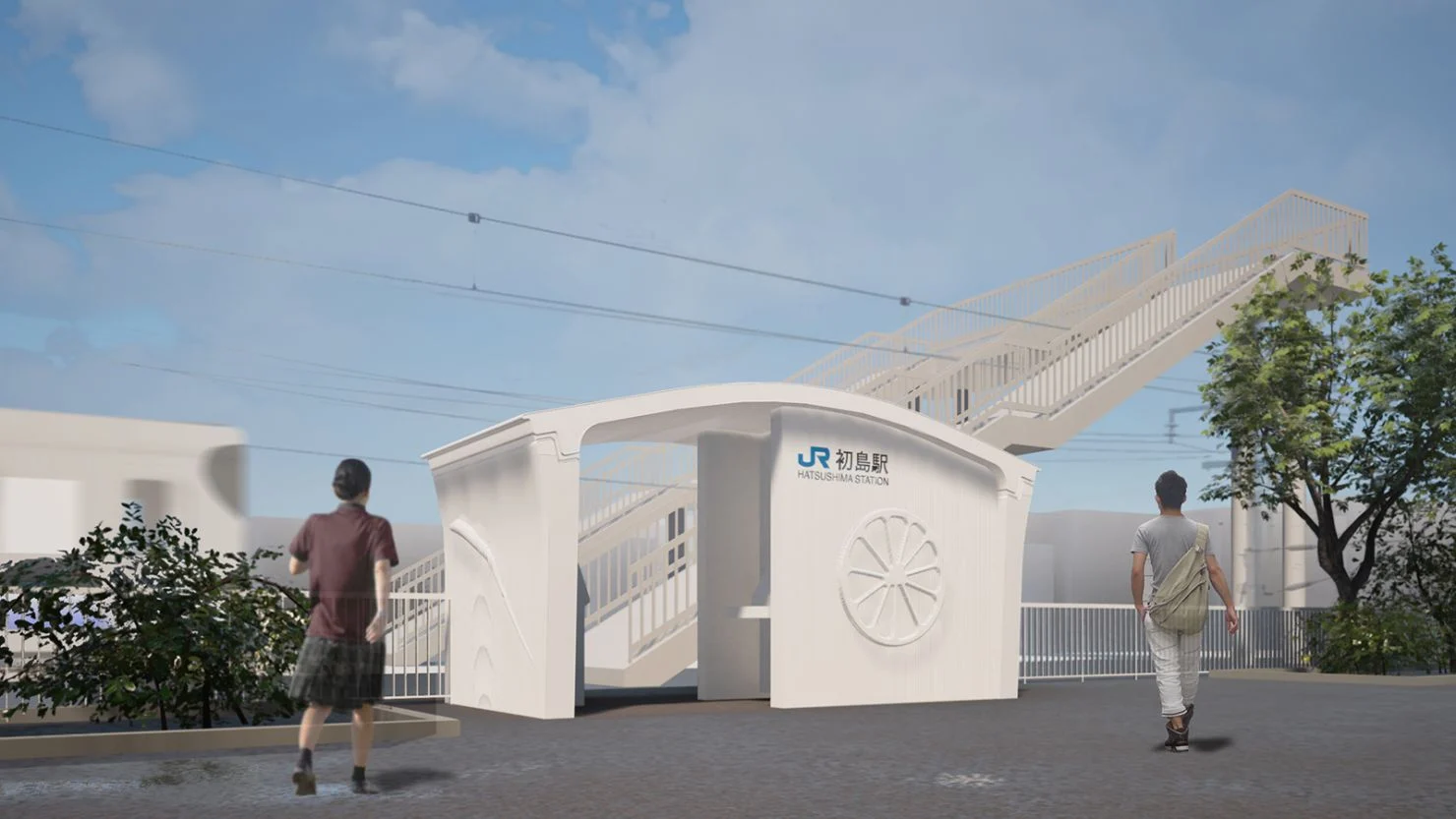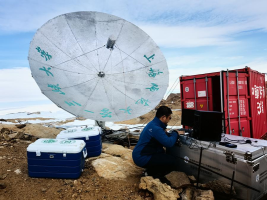Blog Credit: Trupti Thakur
Image Courtesy: Google
DC 8 – The Flying Laboratory Of NASA
NASA has begun conducting marathon research flights across Asia in order to improve air pollution forecasting models. The flights aim to collect detailed data on air pollution sources and behavior to enhance warning systems for the public. Millions of deaths each year are linked to air pollution.
The flights involve NASA’s DC-8 flying laboratory, the world’s largest aircraft designed for airborne science missions. Starting in the Philippines, the DC-8 is flying for up to 8 hours at a time, sometimes as low as 15 meters above the ground, to collect air pollution particles for analysis.
NASA operates a highly modified Douglas DC-8 jetliner as a flying science laboratory. The aircraft is based at NASA’s Armstrong Flight Research Center Building 703 in Palmdale, California and is used to collect data for experiments in support of projects serving the world’s scientific com- munity. Federal, state, academic, and foreign researchers are among those who use NASA’s DC-8.
Data gathered with the aircraft at flight altitude, and by remote sensing, have been used for stud- ies in archaeology, ecology, geography, hydrol- ogy, meteorology, oceanography, volcanology, atmospheric chemistry, cryospheric science, soil science, and biology.
Four types of missions are flown with the DC-8: sensor development, satellite sensor verification, space vehicle launch or re-entry telemetry data retrieval and optical tracking, and other research studies of Earth’s surface and atmosphere.
Significance
According to NASA’s Barry Lefer, the research flights can “provide direct measurements of how much pollution is coming from different sources.” This data is critical for the air quality forecasting models that inform pollution warnings and policies. Currently these models rely on limited ground and satellite data. The DC-8 can help fill gaps and improve satellite data interpretation. By combining data from air, ground, and space, the project can lead to more accurate forecasting models.
Research Flights
The DC-8 research flights have so far been conducted in figure-eight patterns over the most densely populated areas of the Philippines, including the capital region. The jet flies as low as 15 meters above the ground to collect detailed pollution data.
A smaller NASA Gulfstream jet creates three-dimensional pollution distribution maps to complement the DC-8 data. Over the coming weeks, the aircraft will conduct similar flights over South Korea, Malaysia, and Thailand.
Asia Impact
The ASIA-AQ collaboration involves NASA and Asian governments in a region with very high air pollution death rates. About one-third of global air pollution deaths occur in Asia. In the Philippines, the rate is 100 deaths per 100,000 people.
The flight results will be publicly shared after one year. By enhancing pollution forecasting, the project aims to reduce the heavy health impacts from air pollution across Asia.
Sensor Development
Because it is flown in the Earth’s atmosphere, the DC-8 offers a comparatively inexpensive way
to test and verify prototype satellite instruments. Scientists use the DC-8 to develop ideas in instru- ment technology as well as to test new instru- ments and modify them, if necessary, based on
flight results. Potential problems can be corrected before new instruments are launched into space. As a result, flight-proven hardware can lead to substantial savings in time and resources.
The DC-8 conducted the Active Sensing of CO2 Emissions over Nights, Days and Seasons (AS- CENDS) campaign during the winter of 2016 to demonstrate improved airborne lidar instrument performance used in gathering remote measure- ments of atmospheric carbon dioxide. Flights were flown over different land features – ocean, urban, tall forests, and snow – to test surface reflectance effects on instrument performance.
Space-borne lasers would find the same type of surfaces when used to study components of the Earth’s atmosphere. This research will contribute to further development of laser-based Earth-ob- serving satellite instruments designed to measure atmospheric carbon dioxide.
Aircraft Description
NASA’s DC-8-72 is a four-engine jet transport aircraft that has been highly modified to support the Agency’s Airborne Science mission. The aircraft, built in 1969 and acquired by NASA in 1985, is 157 feet long with a 148-foot wingspan. With a range of 5,400 nautical miles (6,200 statute miles), the aircraft can fly at altitudes from 1,000 to 42,000 feet for up to 12 hours, al- though most science missions average 6 to 10 hours. The DC-8 can carry 30,000 pounds of scientific instruments and equip- ment and can seat up to 45 researchers and flight crew.
The DC-8 incorporates a suite of sensors and data systems and provides services that can be tailored to specific missions or instruments. The DC-8 also has Iridium and Inmarsat satellite communications capability. Two Iridium-based communications systems (one for flight crew communications and one for sci- ence team communications), a multichannel system for upload of meteorological data, chat messaging, limited data telemetry, and live Web page updates are available.

10
FebDC 8 – The Flying Laboratory Of NASA
Feb 10, 2024Recent Blog
The UPI Circle Of PhonePeApr 16, 2025
Dangerous AI In HealthcareApr 15, 2025
Google’s Iron Wood ChipApr 14, 2025
World’s First 3D Printed Train StationApr 11, 2025
The Three Gorges Antarctic Eye TelescopeApr 09, 2025




